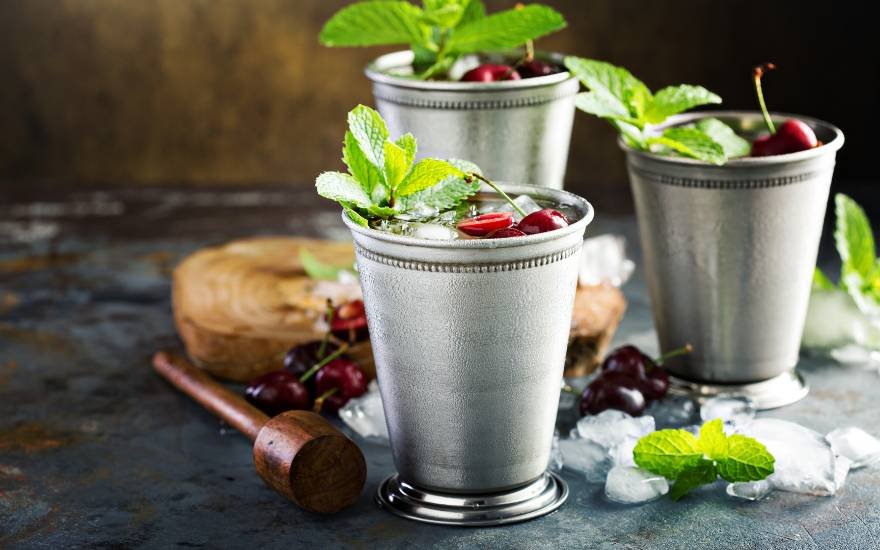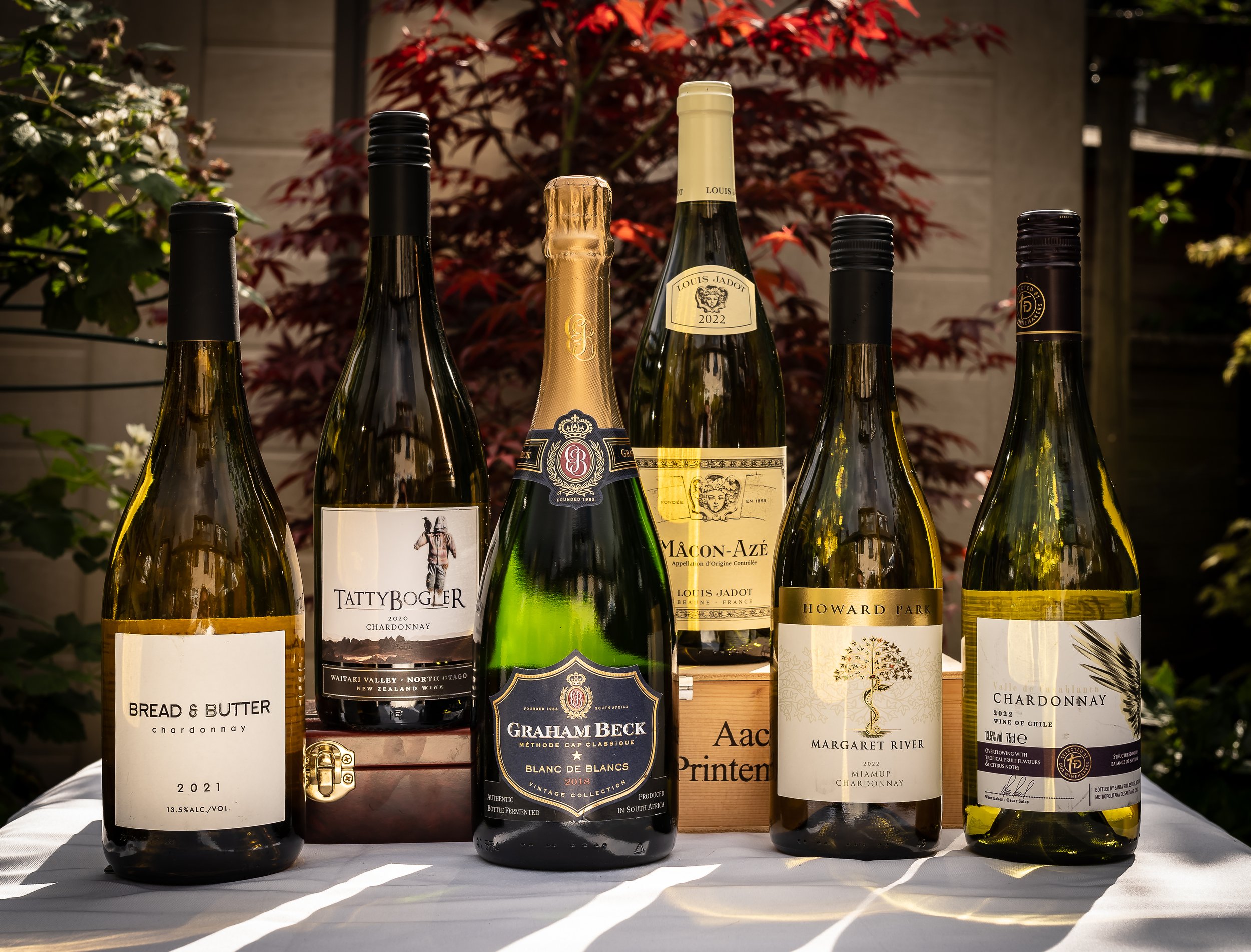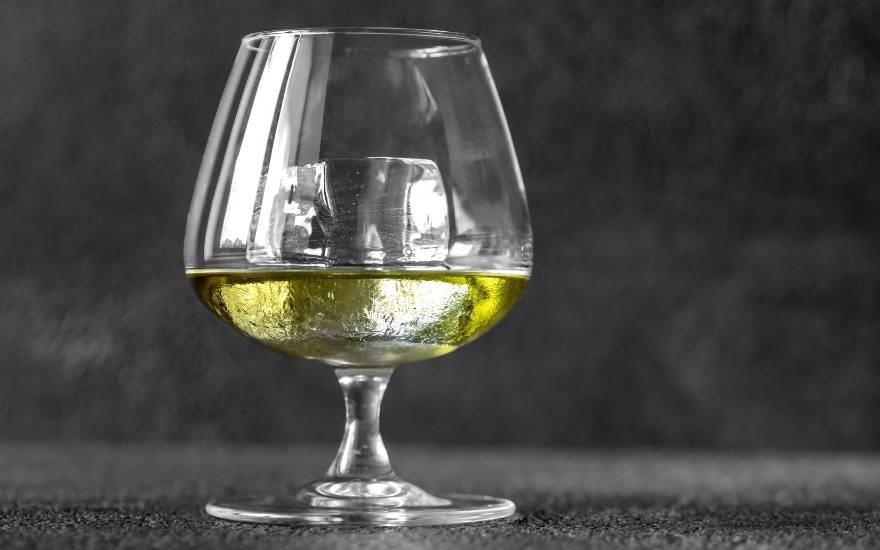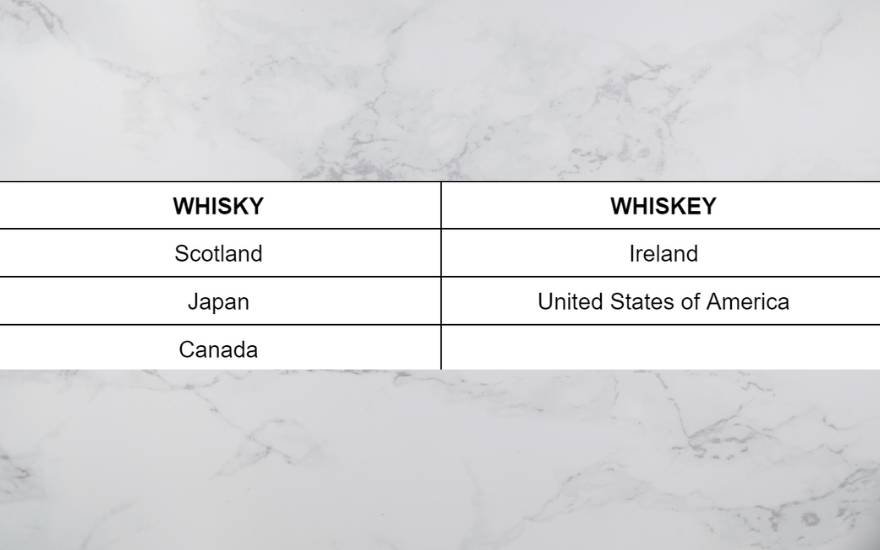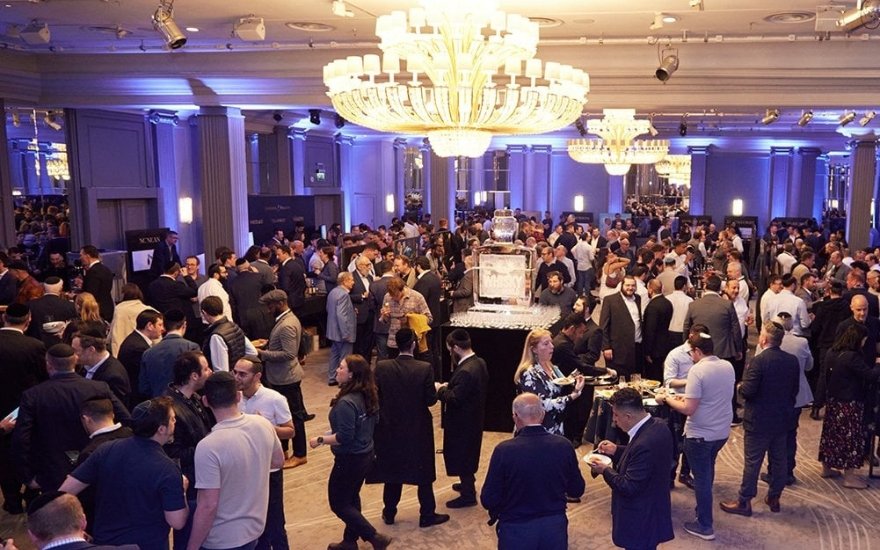Incredibly, some people claim the Mint Julep dates back to 900 A.D. What form it took then isn’t quite known but what we do know is that, like many cocktails around the world, it began life as medicine.
Before the American Civil War, particularly around Virginia, people drank it to settle upset stomachs and cure various sickness. The mint came last, as it joined sugar, water and usually rum at the time – not bourbon as is used now.
Variations of the recipe travelled southwards in the 1800s as bourbon cemented its place in the cocktail. Why? Well, word reached the northern states that The Whiskey Tax wasn’t being enforced in the south, so farmers travelled there, bringing the Mint Julep with them.
It’s now an iconic Southern American cocktail that people hold very dearly, becoming the staple drink of the Kentucky Debry. Everyone insists their specific way of making the Mint Julep is the best, so let’s take a look at the classic recipe and how you can switch it up to try something new.
The Best Mint Julep Variation for Purists
Classic Mint Julep
A few of the reasons the Julep fell out of fashion in the first place were how it’s made. It’s a relaxed cocktail that requires time – not suited to the busy modern pace of life. Fresh mint is needed, sugar needs time to dissolve, crushed ice used to be difficult to get and the signature silver cup (to see the chilled frosting) all require time and effort. The result though is a sensational hit of icy, minty freshness before a punch of sweet oaky caramel punch.
Ingredients
65ml bourbon
10 mint leaves (save some for garnish)
15ml sugar syrup
Method
Use a Julep cup for the authentic experience, but if not, a rocks glass will do. Very lightly muddle 7 or 8 mint leaves in the simple syrup, add bourbon and then compress down with crushed ice. Stir until the glass is thoroughly chilled, top up with more crushed ice and of course, garnish with mint.
The Best Mint Julep Variation for Amaro Lovers
Italian Julep
Swapping out the Bourbon for Italian amaro brings a fruity, herbal bitterness to the Julep. This recipe was first created in rooftop bar Boleo, Chicago, and also creates a weaker ABV cocktail – which is handy because Juleps are supposed to be made slow but drunk fast. So many fresh, fruity layers and great depth.
Ingredients
40ml amaro (Cynar, Campari, Aperol etc.)
30ml grapefruit juice
15ml raspberry syrup (homemade or Monin)
15ml lime juice
Fresh mint (garnish)
Method
Unlike the classic Julep, this one needs shaking thoroughly with ice. Strain over crushed ice in a Julep cup or rocks glass and garnish with fresh mint
The Best Mint Julep Variation for Chocolate Lovers
Chocolate Mint Julep
With the vanilla and caramel from Bourbon and the fresh mint, chocolate is a natural addition to the party. The best way to bring it all together is a chocolate liqueur, like crème de cacao. It brings a creamier, richer texture and you can include your favourite mint chocolate as a garnish treat too. Delicious.
Ingredients
55ml bourbon
20ml chocolate liqueur (white creme de cacao)
10 mint leaves (save some for garnish)
10ml sugar syrup
Mint chocolate (garnish)
Method
Exactly the same as the original, very lightly muddle your mint in the syrup and then add bourbon and liqueur. Crush down with ice and add a sprig of mint and mint choc for garnish.
The Best Mint Julep Variation for Cognac Lovers
Napoleon Julep
This French-inspired riff swaps out the whiskey base for the rich, fruity complexity of Cognac. In a way, this harks back to the original Juleps which (after rum), often used brandy. Elderflower liqueur and green tea syrup bring aromatics and earthy flavours for a brilliantly complex, flavourful Julep.
Ingredients
60ml cognac (VSOP ideally)
20ml elderflower liqueur (St-Germain)
Mint leaves and lemon wedge for garnish
15ml green tea syrup
Method
Similar to the original method, add all ingredients to packed, crushed ice and build. It wouldn’t be a Julep without the mint sprig remember, but a slice of lemon is needed here too.
The Best Mint Julep Variation for Strawberry Lovers
Strawberry Mint Julep
This recipe is a great reminder of how you can so easily switch up a Julep. One of the ingredients in the original is syrup, so why not use flavoured syrups? They’re so simple, as you can simply infuse sugar and water with whatever flavour you like. Strawberry syrup’s delicious sweetness is super refreshing with the mint and tempers the slight heat from the bourbon. You could experiment with basil here too – so many variations such little time!
Ingredients
65ml bourbon
8 mint leaves (save some for garnish)
2 basil leaves (optional)
15ml strawberry syrup
Method
Muddle your mint and some basil too if you feel like it. Then simply compact this syrupy, muddled mix with crushed ice and bourbon. Garnish with mint and a strawberry too!
The Best Mint Julep Variation for Cherry Lovers
Cherry Mint Julep
Swapping out the syrup with a sweet liqueur is another easy way to mix up the Julep. Something like Luxardo liqueur goes down a treat with whiskey and works with the cooling mint too. A seductive, summery treat.
Ingredients
60ml bourbon
10 mint leaves (save some for garnish)
20ml cherry liqueur (Luxardo)
Cherries for garnish
Method
Simply follow the original recipe but muddle the mint into the liqueur instead of syrup. Fill her up with plenty of crushed ice and bourbon and finish with a cherry or mint garnish!.
All you need now is a bourbon right!? Check out these great bottles for cocktails.

